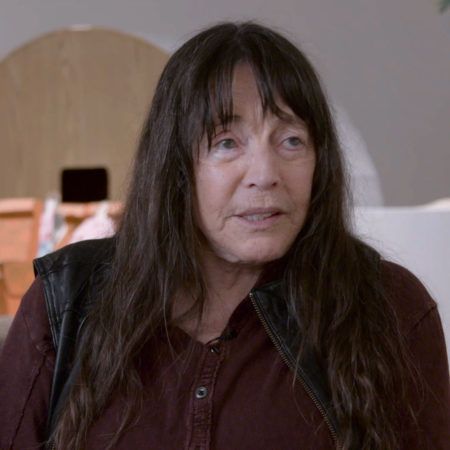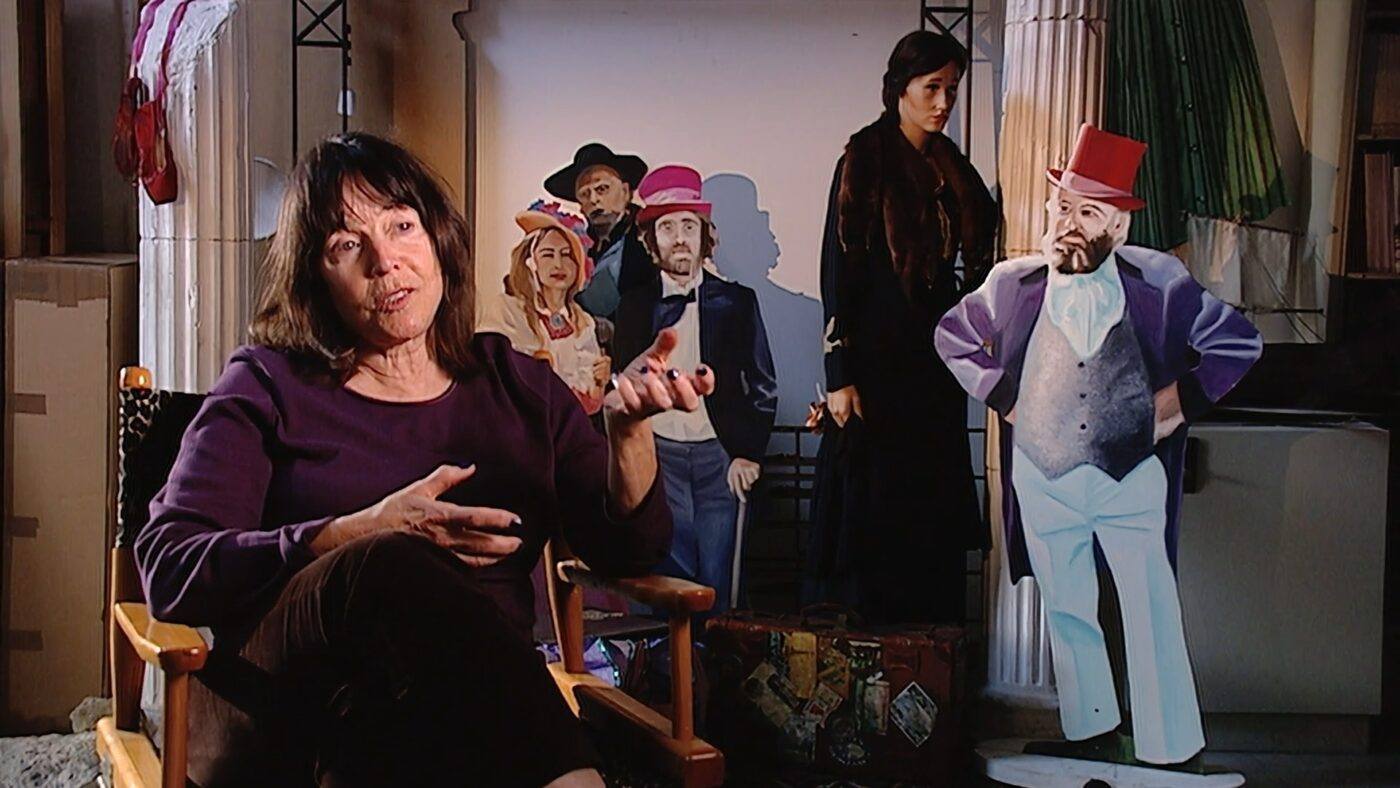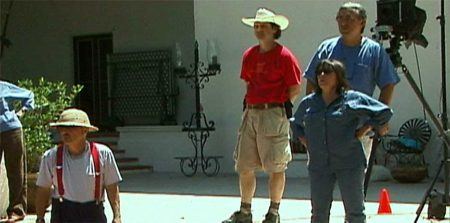Eleanor Antin

Eleanor Antin was born in New York City in 1935. An influential performance artist, filmmaker, and installation artist, Antin delves into history—whether of ancient Rome, the Crimean War, the salons of nineteenth-century Europe, or her own Jewish heritage and Yiddish culture—as a way to explore the present. Antin is a cultural chameleon, masquerading in theatrical or stage roles to expose her many selves. Her most famous persona is that of Eleanora Antinova, the tragically overlooked black ballerina of Sergei Diaghilev’s Ballets Russes. Appearing as Antinova in scripted and non-scripted performances for over a decade, Antin has blurred the distinction between her identity and that of her character.
In the process, she has created a rich body of work, detailing the multiple facets of her beloved Antinova, including a fictitious memoir and numerous films, photographs, installations, performances, and drawings. In her 2001 series The Last Days of Pompeii, Antin lingers behind the camera to stage the final, catastrophic days of Pompeii in the affluent hills of La Jolla, California. In The Golden Death from this series, the imagined citizens of Pompeii drown in the excess of their own wealth—an ironic parable of American culture in the throes of over-consumption.
Eleanor Antin received a Guggenheim Foundation Fellowship in 1997 and a Media Achievement Award from the National Foundation for Jewish Culture in 1998. She has had numerous solo exhibitions, including an award-winning retrospective at the Los Angeles County Museum of Art in 1999. Antin is a highly respected artist and teacher, and has been a professor at the University of California, San Diego, since 1975. She lives with her husband and son in southern California.






